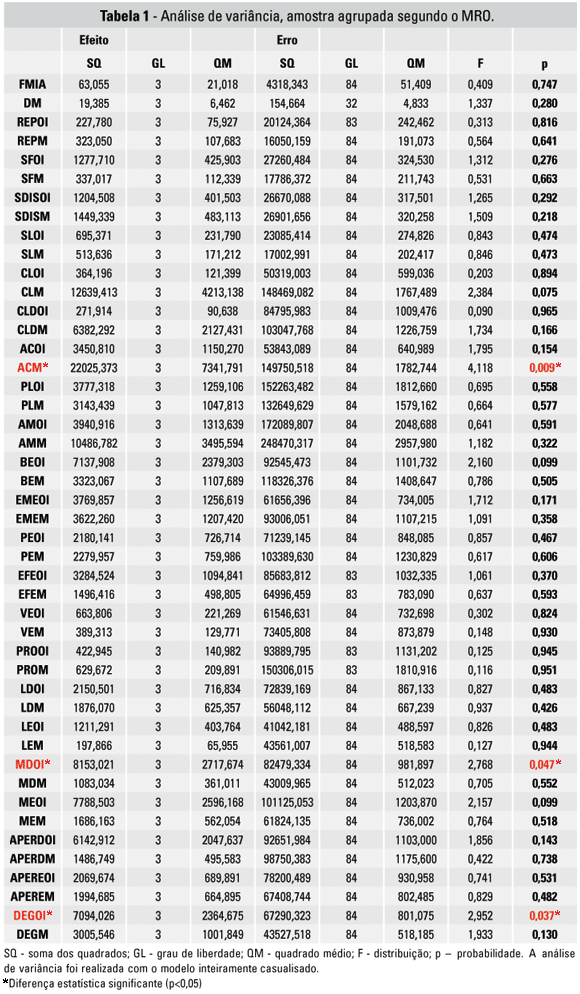The purpose of this study was to verify the existence of any correlation between the mouth breathing, the inferior orbicularis oris and mentalis muscles activity and specific dental features in the anterior area of the lower dental arch. A sample formed by 88 leucodermas brazilian children, 49 boys and 39 girls, with a medium age of 6 years and 11 months, was divided into 4 subgroups according to the oclusal type and breathing mode presented: normal occlusion and nasal breathing (ONRN), normal occlusion and mouth breathing (ONRB), Class I malocclusion and nasal breathing (CLIRN) and Class I malocclusion and mouth breathing (CLIRB). This research involved the performance of 22 electromyographic tests, the quantitative assessment of the buccal-lingual inclination (FMIA) and space discrepancy (DM) of the permanent lower incisors. Obtained results were submitted to statistic methods and showed no significant statistical difference for the dental variables and for the majority of the electromyographic variables studied. In this way, the clinically assessed mouth breathing could not be associated to the oclusal features and muscular functions studied.
Electromyography; Mouth breathing; Perioral muscles; Dental inclination

